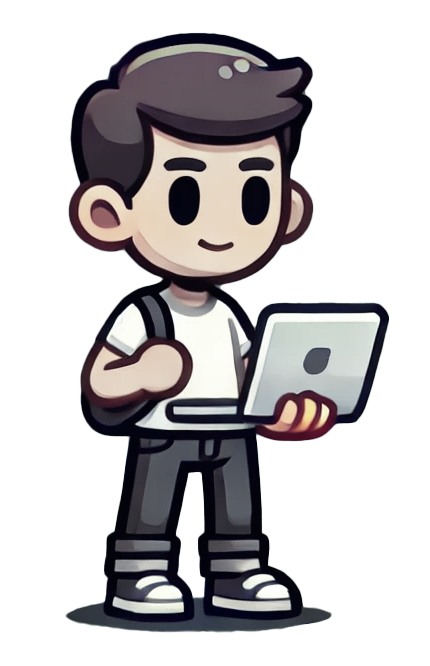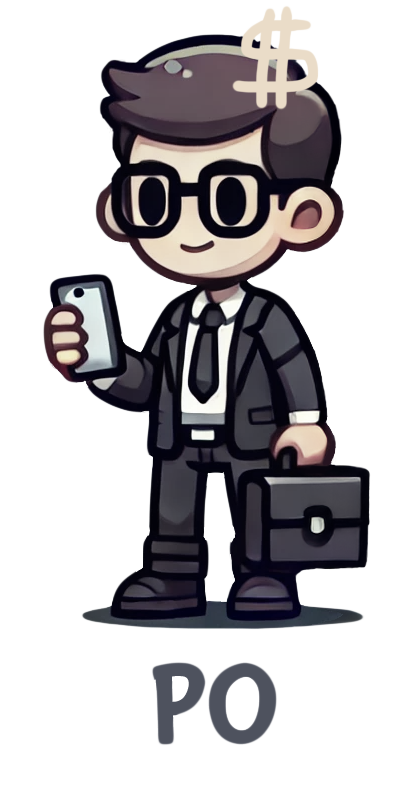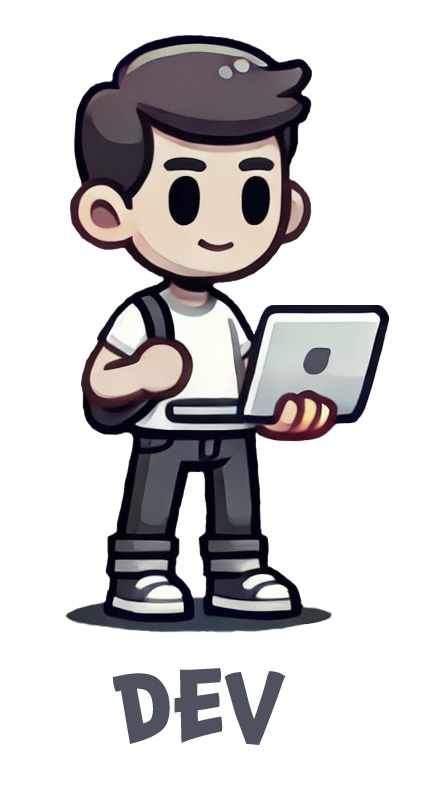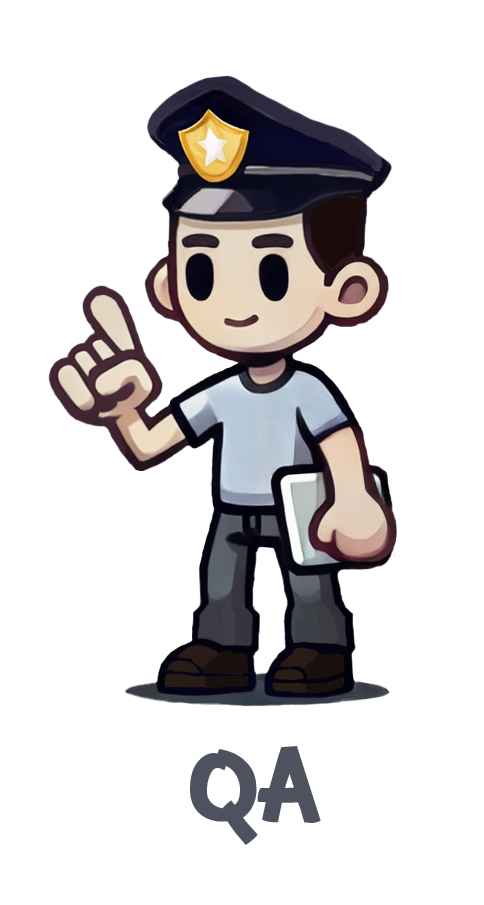


About
Empowering collaboration.
ONE-FRONT bridges the gap between businesses, developers, and users — aligning teams with shared goals to create impactful, unified technology solutions.
It is a working framework that unites businesses, developers, and users. It cuts through complexity with shared tools, a common language, and aligned workflows — so teams stay focused and deliver what matters.
Business
Bridge between Business, Tech, and Users
- Define and Communicate Product VisionAligns vision with strategic business goals and market opportunities. Collaborates with executives to ensure the product supports long-term growth.
- Translate Business Goals into User StoriesConverts strategic objectives into domain-aligned, high-value stories that clearly communicate ROI and business impact.
- Collaborate with Developers and UsersConnects business intent with technical execution through reviews and iteration demos, ensuring alignment and progress.
- Foster Cross-Functional CommunicationBridges business and tech through strategic planning sessions and stakeholder reviews to encourage shared ownership.
- Ensure Delivery Meets User Needs and Business OutcomesValidates that releases support KPIs and strategic outcomes, focusing on measurable business value and adoption.

Development
When Dev community gets to discuss the product.
- Align Vision with Technical RealityProvides an actionable vision that empowers developers with purpose and aligns with technical constraints.
- Break Down Business Goals into Buildable WorkCreates dev-ready, testable stories in domain language with clear acceptance criteria, enabling smooth implementation.
- Code with Context and Early FeedbackWorks closely with devs through backlog grooming, technical workshops, and early validation to reduce rework.
- Connect Frontend, Backend, and DesignPromotes shared understanding across frontend, backend, and design to ensure coherent product delivery.
- Build the Right Things, the Right WayHelps prioritize and scope features based on real needs, reducing scope creep and boosting dev satisfaction.

Quality
When QA plays role of a quality assurance police.
- Embed Quality in the Product VisionQA ensures quality is built into the vision from the start — not as an afterthought. It champions performance, accessibility, and reliability as non-negotiable product qualities, shaping the vision with a risk-aware lens.
- Make Business Goals TestableQA co-authors stories by bringing edge cases, testability, and real-world usage into the discussion. Acceptance criteria become a shared contract for quality, making business goals verifiable and measurable.
- Test Ideas Early with Devs and UsersQA collaborates continuously to uncover unknowns, define test strategies early, and validate solutions with users. This early alignment reduces rework and keeps quality visible throughout development.
- Bridge Risks Across TeamsQA leads conversations about risks, edge cases, and user behavior patterns, helping the team align on a shared definition of 'done.' They bridge perspectives across business, tech, and users during refinements and retrospectives.
- Validate Real-World OutcomesQA validates that what’s built solves real problems and works in real environments. Through automation, exploratory testing, and monitoring strategies, QA safeguards value and ensures trust post-release.

User
When feedback loop exists.
- Shape Vision Through Real User NeedsFrames vision around solving real user problems and clearly communicates how users benefit from each release.
- Turn Feedback into Meaningful StoriesCaptures user needs and feedback as the foundation of stories. Ensures feedback is structured, actionable, and leads to meaningful outcomes.
- Co-Design with Developers and StakeholdersActively collaborates in feature ideation and testing. Shares insights to influence design and improve usability.
- Communicate Behavior, Context, and Pain PointsShares the why behind usage patterns, making product choices more empathetic and relevant.
- Drive Adoption and Close the Feedback LoopPromotes adoption through education, communication, and validation. Ensures users feel heard and changes are explained.


